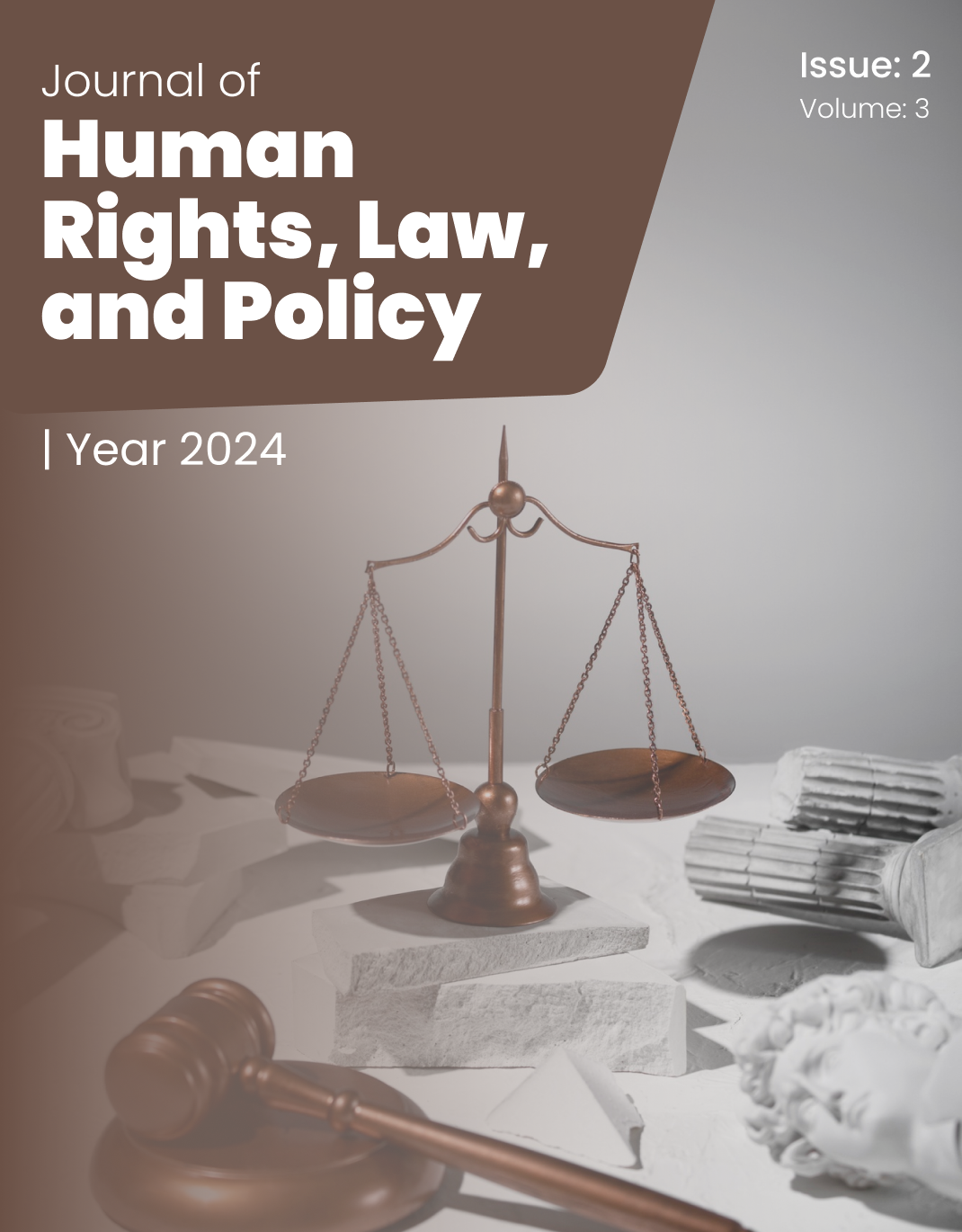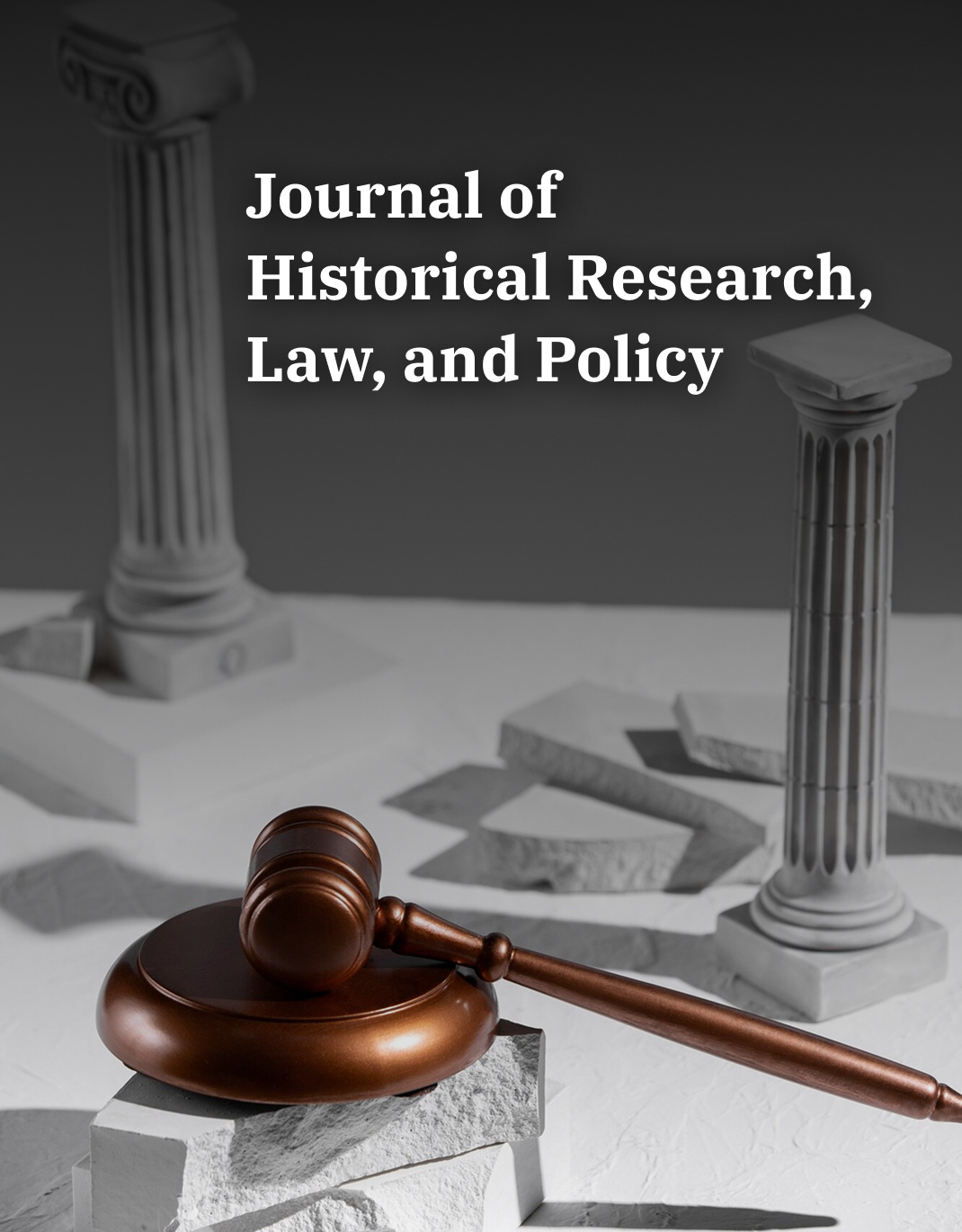Legal and Financial Analysis of Market Manipulation Oversight and Control in Futures Contracts (A Comparative Study of Iranian and U.S. Regulations)
Keywords:
Futures Contracts, Market Manipulation, Financial Supervision, Comparative Regulations, Derivatives MarketAbstract
Futures contracts, as one of the most important derivative instruments in financial markets, serve key functions such as risk hedging and price discovery. However, the structural characteristics of these instruments can provide a fertile ground for destructive behaviors such as market manipulation—an occurrence that leads to distortions in the pricing mechanism, weakens informational transparency, and diminishes public trust in the capital market. In certain jurisdictions, weaknesses in legislation and supervisory limitations have made it difficult to effectively counter such behaviors. This study aims to conduct a comparative legal analysis of the Iranian and United States systems concerning the supervision and control of market manipulation in futures contracts. The research method is descriptive–analytical, employing a comparative approach, and the sources include laws, regulations, supervisory practices, and official reports from the financial authorities of both countries. The findings indicate that the United States, through the use of comprehensive laws such as the Dodd–Frank Act, independent supervisory bodies such as the Commodity Futures Trading Commission (CFTC), and advanced regulatory technologies, has developed effective and deterrent mechanisms to control market manipulation. In contrast, the Iranian legal system faces challenges such as the absence of a comprehensive derivatives law, weak criminalization of manipulative acts, lack of advanced supervisory systems, and limited authority of the regulatory body.
Downloads
References
1. Mankiew G, Arbab HR. Fundamentals of Economics: Nashr-e Neyi; 2012.
2. Mirjalili SH. Economic Development and Competition Policy in Iran: Development Studies and Trade Research Publishing; 2004.
3. Darakhshan M. Derivatives and Risk Management in Oil Markets: International Energy Studies Institute; 2011.
4. Najafi R, Moini M, Fallah Shams M, Saidi A. Comparative Study of the Structure and Supervisory Model of Financial Institutions in Iran's Capital Market and Selected Countries. Scientific-Research Quarterly of Investment Knowledge. 2020;9:451-88.
5. Aggarwal D, Khan Z. The Spoofing Puzzle: Deciphering Market Manipulation2024.
6. Do BL, Putniņš TJ. Detecting layering and spoofing in markets. 2023. doi: 10.2139/ssrn.4525036.
7. Chiu HY, Allen J. Exploring the assetisation and financialisation of NFTs. Banking and Finance Law Review. 2022;37:403-38.
8. CFTC Annual Enforcement Report. CFTC Annual Enforcement Report2023.
9. Heng P. High-frequency trading and layering manipulation practices: an empirical investigation of Australian market quality: Southern Cross University; 2018.
10. Rustamaji M, Faisal F, editors. Law Enforcement Strategies Against Money Laundering Through Cryptocurrency: Comparative Studies in Several Countries. International Conference on Cultural Policy and Sustainable Development (ICPSD 2024); 2024.
11. Emami M, Kohan Hoosh Nejad R. Examination of the Regulations of the Commodity Futures Trading Commission for Monitoring and Controlling Market Manipulation in Energy Futures Contracts (Case Study: United States). International Legal Journal. 2014:914-43.
12. Sadeghi Moghadam S, Mohammad S. Study of Legal Institutions Monitoring Competitive Markets (in Iran, the European Union, and the United States). Quarterly Journal of Legal Thought Research. 2014;2:27-54.
13. Hajihas Z, Oradi J, Salehabadi M. Weakness in Internal Controls and Delay in Audit Reports. Quarterly Journal of Financial Accounting. 2017.
14. Hamedi M, Farahaniyan MJ. Regulation and Supervision in Financial Markets: Tehran Stock Exchange Publishing; 2015.
15. Chiu IH. Regulating crypto-finance: a policy blueprint. European Corporate Governance Institute-Law Working Paper. 2021. doi: 10.2139/ssrn.3805878.
16. Samavati H. An Introduction to Commercial Competition Law: Its Role in Policy Making and Market Regulation: Ferdowsi Publishing; 1995.
17. Eisaei Tafreshi M, colleagues. Comparison of Futures Contracts with Gambling Contracts in English Law and Islamic Law. Quarterly Journal of Humanities and Social Sciences Research. 2011;15.
18. Abbasian E, Shoorati A, Ghodkforushan M. Examining the Impact of Accounting Conservatism on the Risk of Stock Price Decline in Conditions of Information Asymmetry in the Tehran Stock Exchange. Journal of Accounting Knowledge. 2014;5:141-62.
Downloads
Published
Submitted
Revised
Accepted
Issue
Section
License
Copyright (c) 2025 Mohammad Ali Saman, Ali Zare, Maryam Khalili Araghi (Author)

This work is licensed under a Creative Commons Attribution-NonCommercial 4.0 International License.

